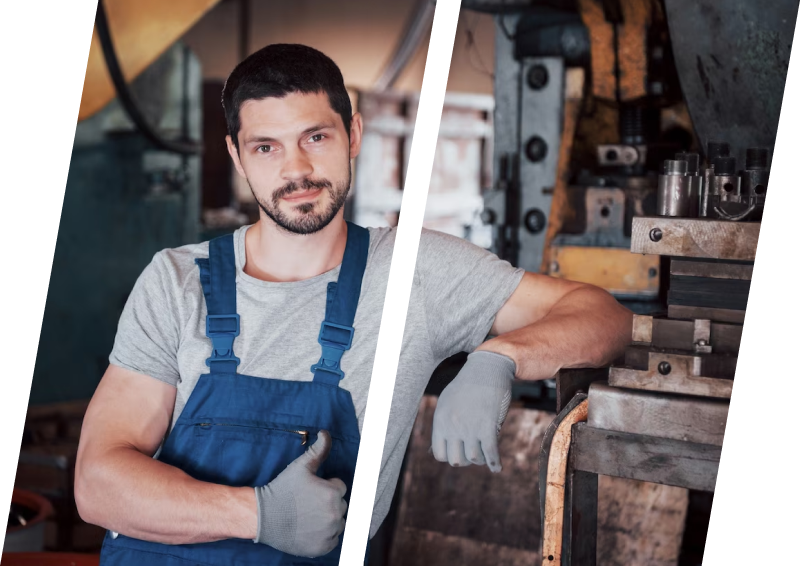Heat treatment of metal is a technological process, the essence of which is to change the structure of metals and alloys during heating, aging and cooling, according to a special regime, and thus, to change the mechanical and physical properties of the latter.
Types of heat treatment of metal:
- Annealing is heat treatment of metal, during which the metal is heated and then slowly cooled.
- Normalization is a heat treatment similar to annealing. The difference between these heat treatments (normalization and annealing) is that during normalization the steel is cooled in the air (during annealing – in the furnace).
- Hardening (hardening) – metal heat treatment is based on the recrystallization of steel (alloys) when heated to a temperature above the critical temperature; after sufficient exposure at the critical temperature to complete the heat treatment, rapid cooling follows. Hardened steel (alloy) has an unbalanced structure, so another type of heat treatment is used – tempering
- Tempering – heat treatment of metal, which is carried out after tempering to reduce or remove residual stresses in steel and alloys, which increases viscosity, reduces hardness and brittleness of metal;
- Cementation is a specialized chemical and thermal treatment in which the surface of the steel is saturated with carbon. There are two types of saturation: solid and gaseous carbon. Cementation of steel is usually carried out at temperatures above 930-950 ° C, when austenite is stable, which dissolves carbon in large quantities. The main purpose of such a process is to significantly increase the hardness of the metal, its resistance to wear, and also to increase its resistance to torsion;

